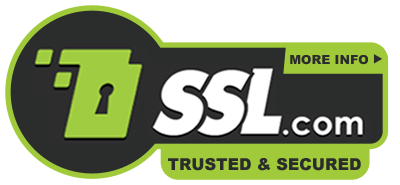Guides & Tutorials (beta)
Handling ON_COMMAND and ON_UPDATE_COMMAND_UI messages
(Part I) using ON_UPDATE_COMMAND_UI:
Command Bars supports the classic MFC updating mechanism using the ON_UPDATE_COMMAND_UI macro. For example, to make a menu or toolbar command item checked you would add the following code:
BEGIN_MESSAGE_MAP(CMainFrame, CFrameWnd) //{{AFX_MSG_MAP(CMainFrame) ... //}}AFX_MSG_MAP ON_UPDATE_COMMAND_UI(ID_EDIT_STATE,OnUpdateEditState) END_MESSAGE_MAP() [...] void CMainFrame::OnUpdateEditState(CCmdUI* pCmdUI) { pCmdUI->SetCheck(m_bCheck); pCmdUI->Enable(TRUE); }
You can cause a control to be updated from CCmdUI.
void CMainFrame::OnUpdateEditState(CCmdUI* pCmdUI) { CXTPCommandBar* pToolBar = (CXTPToolBar*)pCmdUI->m_pOther; if (pToolBar) { CXTPContro* pControl = pToolBar->GetControls()->GetAt(pCmdUI->m_nIndex); pControl->SetIconId(ID_FILE_NEW); } }
You can also manually update the control using the xtpFlagManualUpdate flag.
pButton->SetFlags(xtpFlagManualUpdate); pButton->SetChecked(TRUE);
(Part II) using ON_COMMAND:
Command Bars support the classic MFC executing mechanism using ON_COMMAND macro, for example to handle the ‘ID_THEME_DEFAULT’ command handler, you would add the following code:
BEGIN_MESSAGE_MAP(CMainFrame, CFrameWnd) //{{AFX_MSG_MAP(CMainFrame) ... //}}AFX_MSG_MAP ON_COMMAND(ID_THEME_DEFAULT, OnSwitchDefault) END_MESSAGE_MAP() [...] void CMainFrame::OnSwitchDefault() { CXTPPaintManager::SetTheme(xtpThemeOffice2000); GetCommandBars()->RedrawCommandBars(); }
(Part III) using ON_XTP_EXECUTE:
Sometimes we need what control is to be executed and not just the command ID. In this case we use the ‘ON_XTP_EXECUTE’ macro, for example:
BEGIN_MESSAGE_MAP(CMainFrame, CFrameWnd) //{{AFX_MSG_MAP(CMainFrame) ... //}}AFX_MSG_MAP ON_XTP_EXECUTE(ID_EDIT_STATE, OnEditState) END_MESSAGE_MAP() [...] void CMainFrame::OnEditState(NMHDR* pNMHDR, LRESULT* pResult) { CXTPControl* pControl = ((NMXTPCONTROL*)pNMHDR) ->pControl; if (pControl->GetType() == xtpControlSplitButtonPopup) { … … *pResult = TRUE; } }





User Comments
No comments yet, sign in to comment.